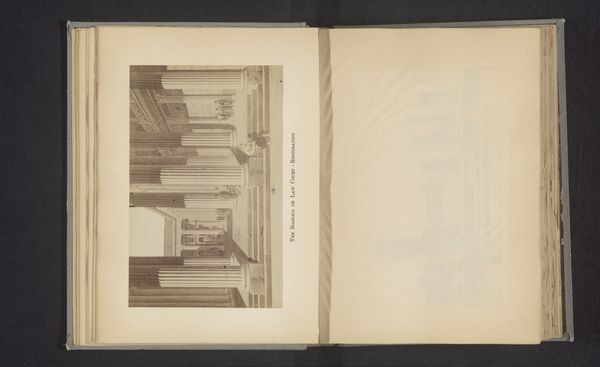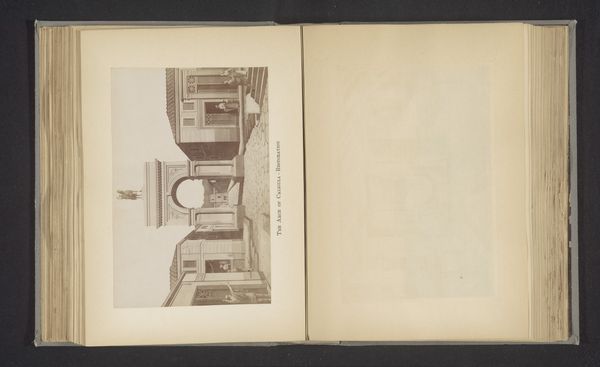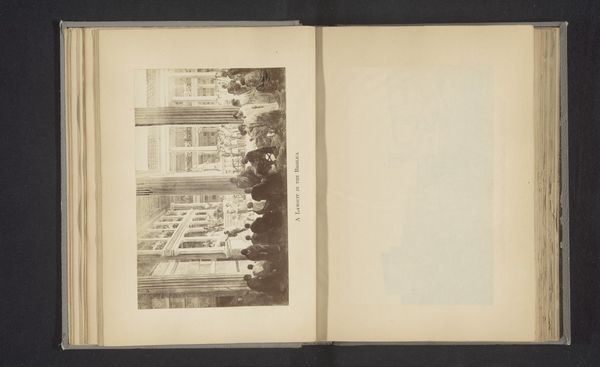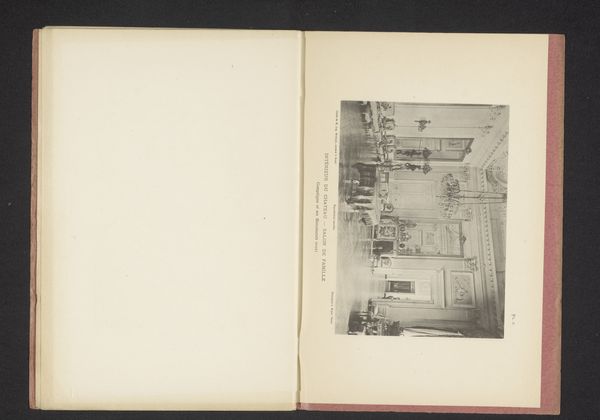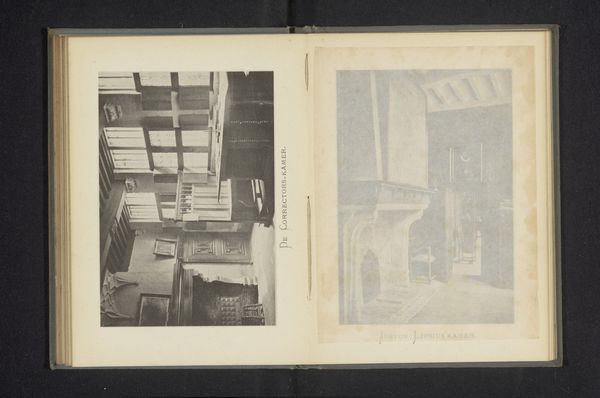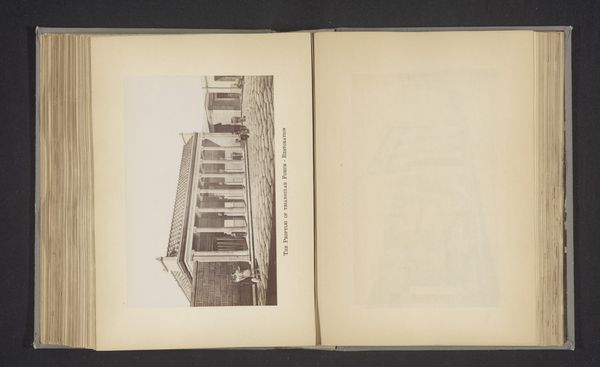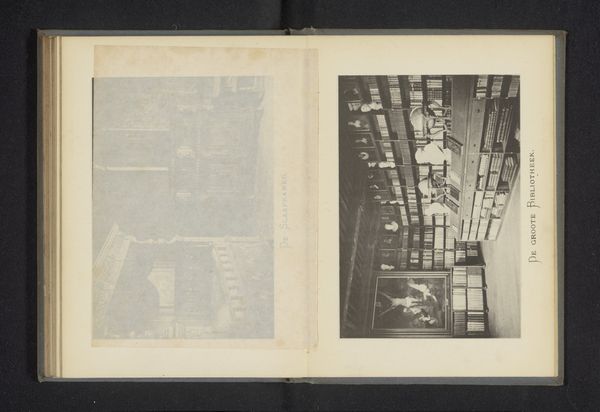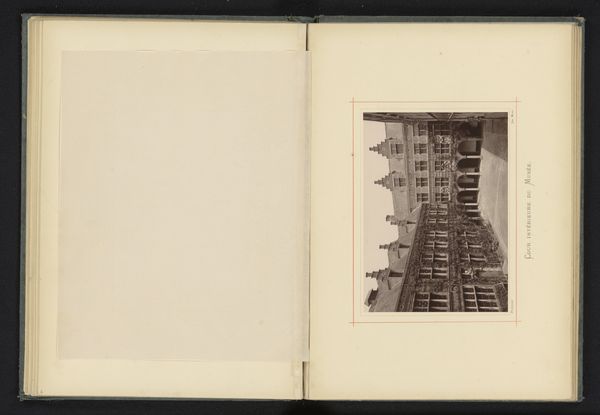
Fotoreproductie van een gezicht op het interieur van het huis van M. Cassi before 1895
0:00
0:00
print, paper, photography
# print
#
paper
#
photography
#
geometric
#
cityscape
#
realism
Dimensions: height 120 mm, width 182 mm
Copyright: Rijks Museum: Open Domain
Curator: Let's talk about this photogravure dating from before 1895: “Fotoreproductie van een gezicht op het interieur van het huis van M. Cassi,” or "Photoreproduction of a view of the interior of the house of M. Cassi.” Editor: The first thing that strikes me is how geometric the composition is. All these receding rectangular shapes give a real sense of depth. There is also this cool almost mechanical quality about how the photo reproduces light, surfaces, and textures... the light from the windows has a nice almost ethereal effect. Curator: That geometric effect absolutely speaks to its era. Remember the late 19th century saw a boom in architectural photography—exploring how urban space was conceived, controlled, and experienced by the bourgeoisie. Here, we see Cassi's home not just as shelter, but as a symbol of their position. Editor: Absolutely. We’re not just looking at a building but considering labor, building material extraction, milling lumber…all the social elements that went into making M. Cassi’s home. Curator: Right, it reveals the material networks that underpinned that architectural form, not just bricks and mortar but class divisions made visible. You know, consider the role of photography itself, transitioning from a specialized technique to a powerful mode of representing and perpetuating social ideologies through widespread media circulation. Editor: Good point. Plus, looking at the paper, the print quality...that also shows us how image consumption played into constructing desire for that specific lifestyle and class identity. I think that it also serves as evidence of photography slowly blurring the boundaries of “high art” versus more accessible media. Curator: The interplay between the photograph and the space, media and consumer is really compelling to think about now. The house represents so many things at once: wealth, control, but also the beginnings of photographic culture and what that represents. Editor: Yes, these images continue to be powerful touchstones, prompting us to reflect on social and material power and their lasting impacts, then and now.
Comments
No comments
Be the first to comment and join the conversation on the ultimate creative platform.

